ON THE POND, A COUPLE OF YEARS AGO
The photographs you'll see in this post were taken in 2015. A bit more than a couple of years ago, but that period definitively feels like only a couple of years ago to me. I had a small compact camera back then, no macro lens, so the close-up shots don't have the sharpness and details of the photographs I'm taking nowadays.
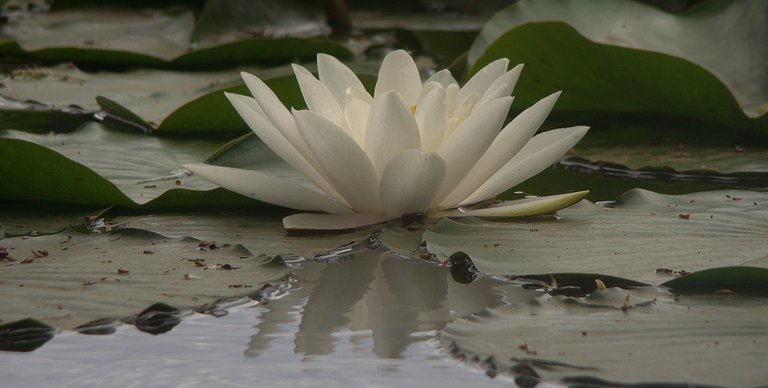
This is a post about the pond. Or more precisely, two ponds in my area. Some photographs, this opening one, for example, were taken around the pretty large pond on the outskirts of my hometown, only about two hundred meters from my house.
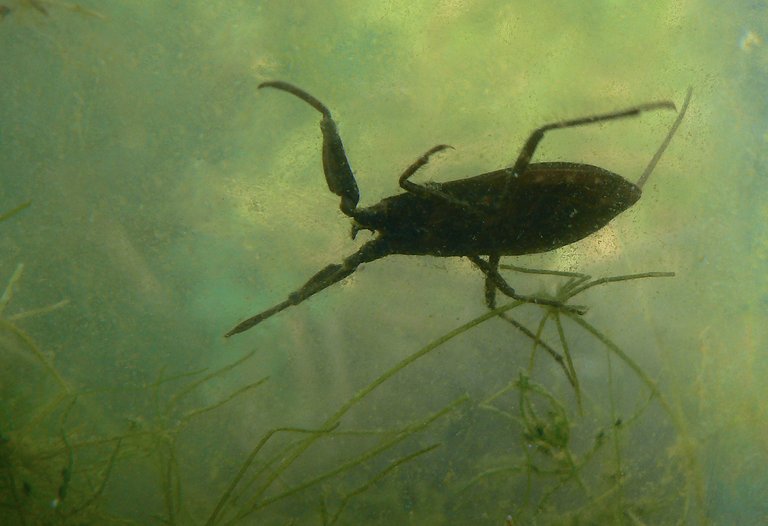
Others, like this portrait of a water scorpion, show the creatures from the small, shallow pond a couple of kilometers from Shishan, one of the neighboring villages.
These beautiful white waterlilies (Nymphaea alba) can be seen only in my hometown. I mean, when it comes to this area around the city of Pula. In Istra in general they are pretty rare but are quite common in many places throughout Europe, temperate & tropical Asia, and northern parts of Africa.
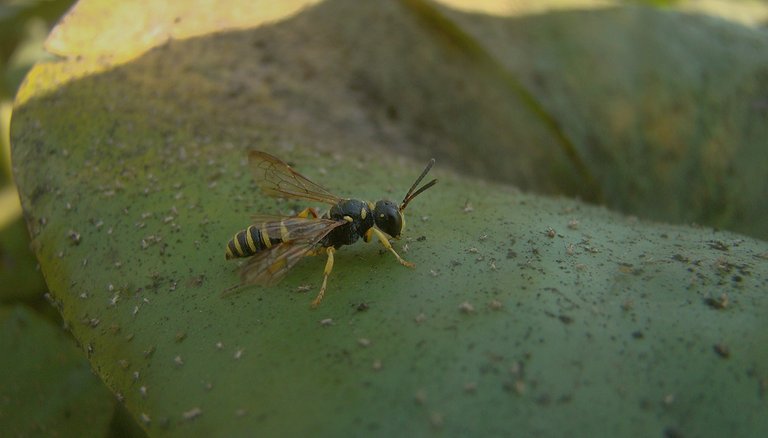
Here you can see a wasp ...
... on the large floating leaf of the Nymphaea alba plant. The green surface is covered with empty skins left by the aphids. When it comes to the wasp, I can't tell you the name of the species but it looks like something from the genus Ectemnius or the genus Cerceris of the Crabronidae family.
On the nettle (Urtica dioica) about ten meters from the pond ...
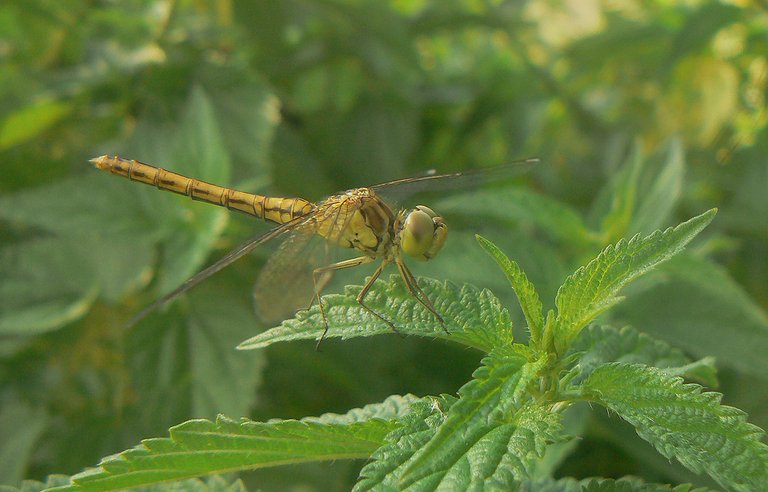
... I came across a Sympetrum vulgatum dragonfly.
This Pandemis heparana, a moth from the Tortricidae family was photographed nearby, between two dragonfly-themed shots.
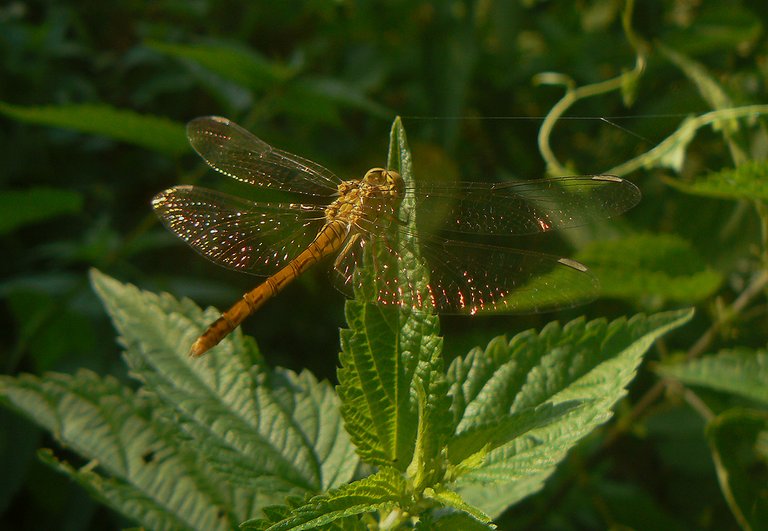
At one point, while photographing a beautifully lit Sympetrum vulgatum ...
... a tiny psyllid landed for a moment on its wings. I have never encountered a situation like this before or since taking the photograph in the left part of the picture.
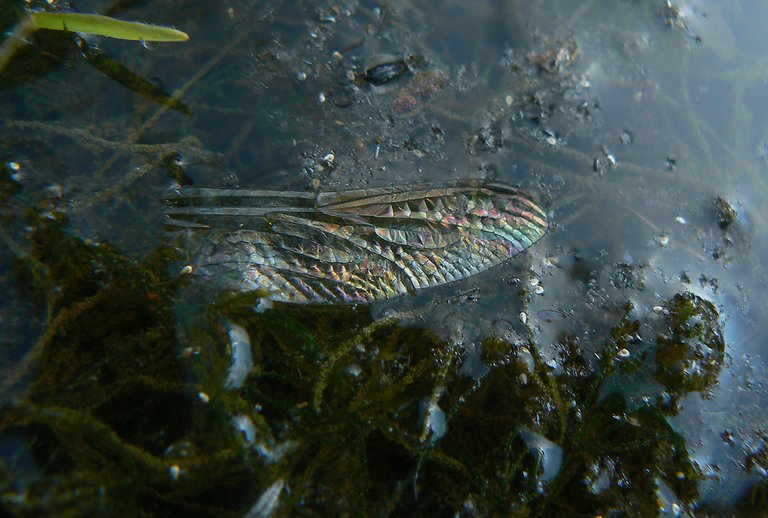
This is a scene from the small pond near Shishan. A wing of a dead dragonfly was floating on the water. And was very colorful when seen from a certain angle.

This leaf was floating a couple of meters from there.

When I came closer ...
... I noticed a spider on that leaf. I'm not sure about the species. It has some similarities with the Pirata piraticus, a wolf spider (Lycosidae) that can be found in marshy habitats where often can be seen hunting on the surface of the water. But then, it doesn't look exactly like that spider. Maybe is some kind of raft spider from the genus Dolomedes of the Pisauridae family. I don't know. It's definitively an interesting, semi-aquatic spider. In the following photograph ...
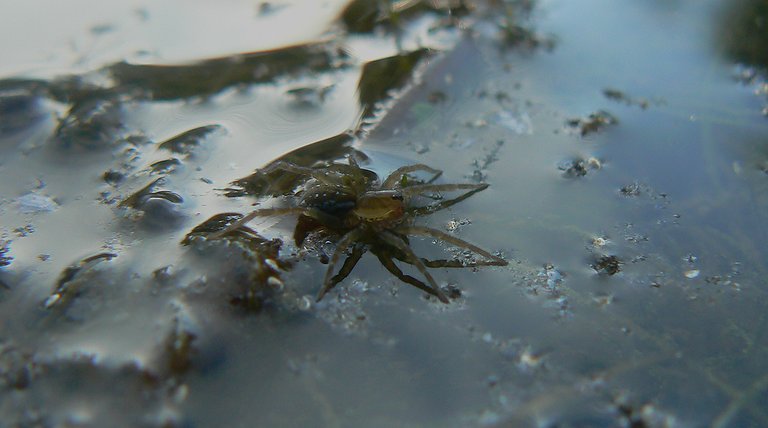
... the spider is performing a walk on the water.
In this photograph, you can see some small rove beetle (Staphylinidae family) performing the same kind of biblical miracle.
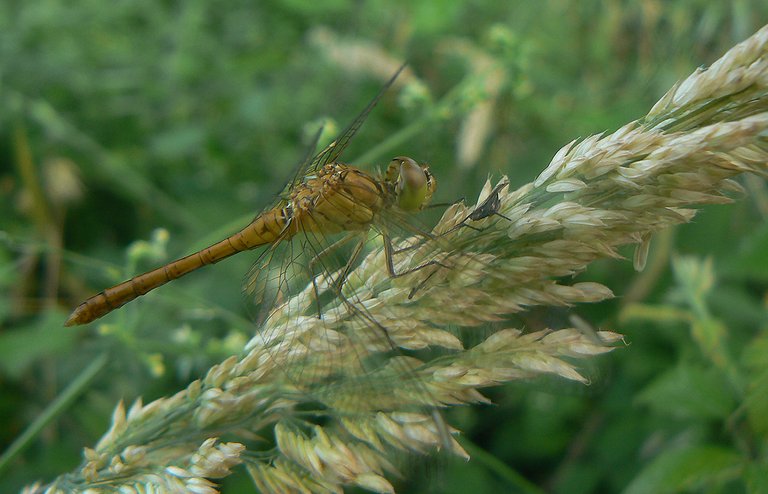
I also photographed another Sympetrum vulgatum dragonfly on the vegetation near the pond.
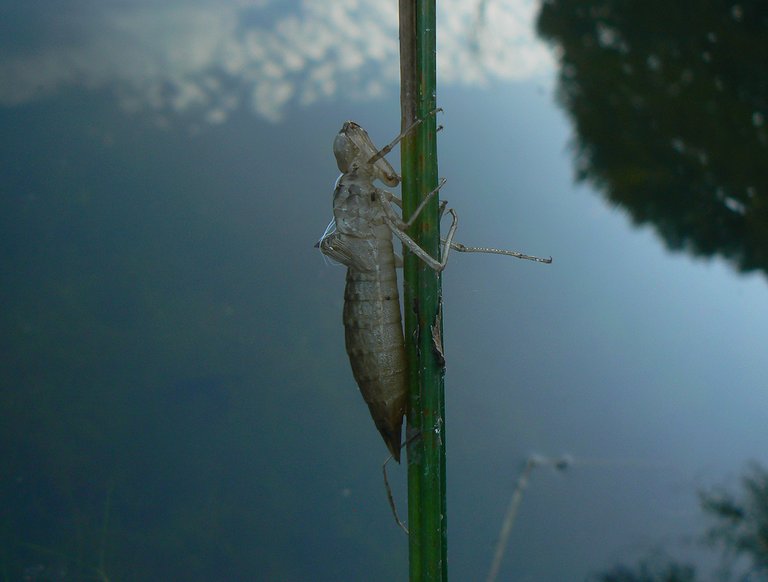
This is the empty exoskeleton of a dragonfly larva. The aquatic larva has climbed out of the water to finish the metamorphosis.
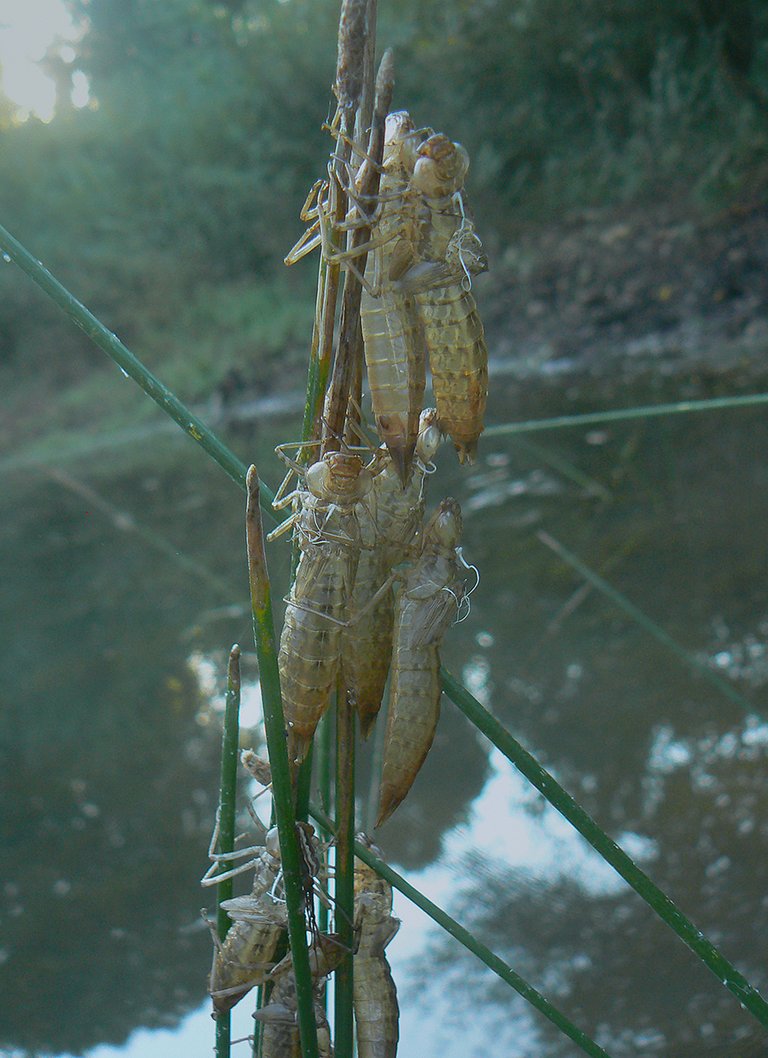
In some places, groups of larvae have decided to climb the same plant.
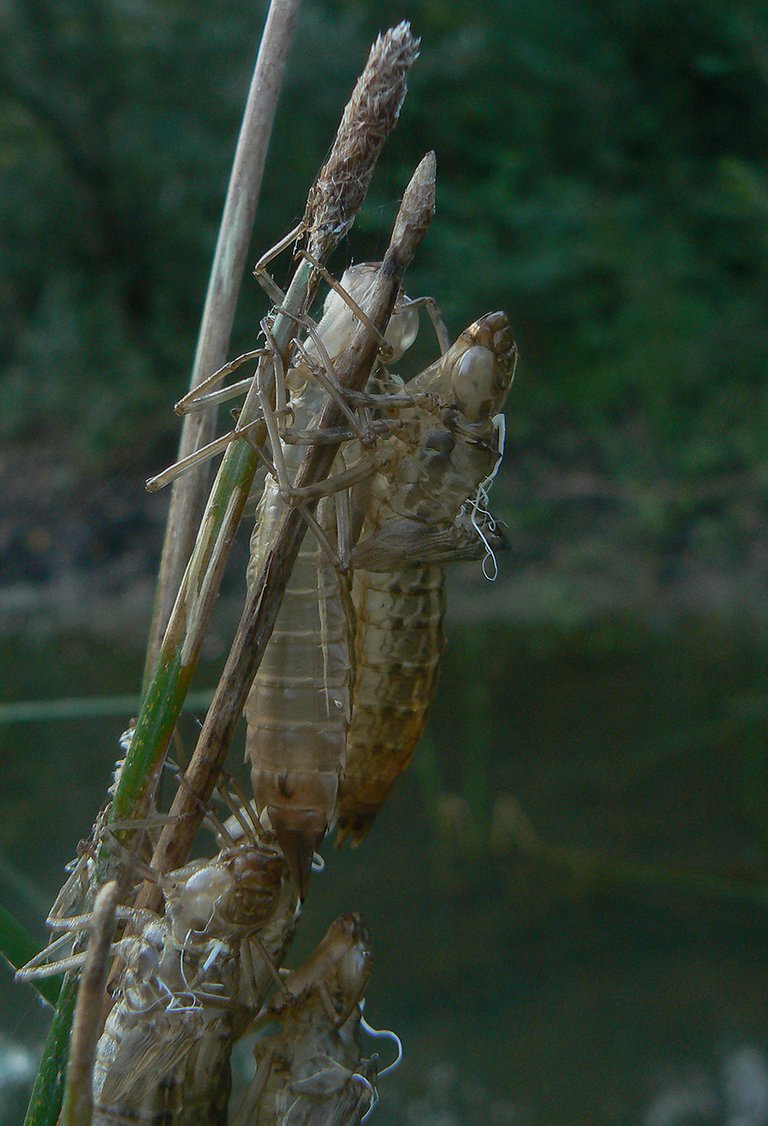
These larval skins that looked like empty remains of a social event were a cool scene to photograph.
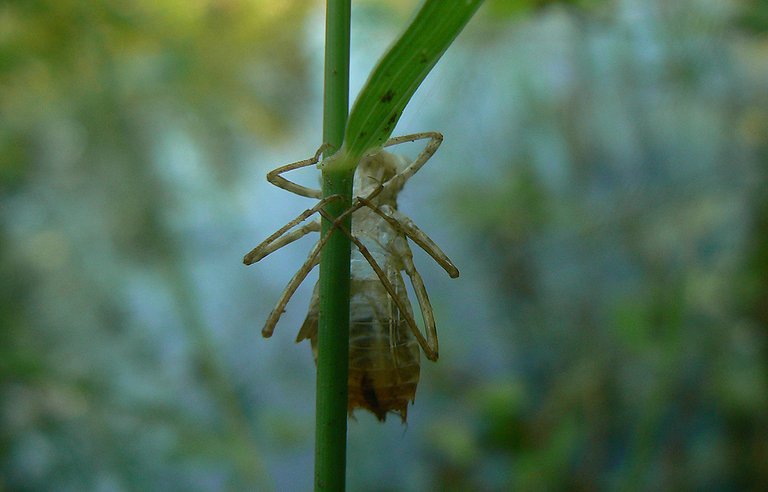
Here you can see the remains of a differently-shaped dragonfly larva. In the following photograph ...

... you can see the same kind of larva alive in the water.
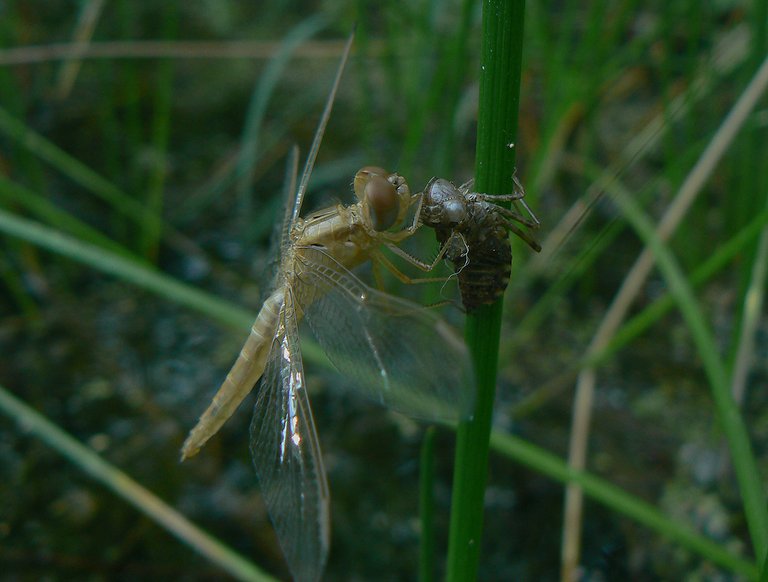
In this photograph, you can take a look at the fresh new dragonfly that recently came out of the larval skin.

It's another Sympetrum vulgatum and is still pretty soft and pale. The insect is very vulnerable at this early stage of its adult life. At one point, after ten minutes or so, the young dragonfly left the larval remains and still relatively clumsily flew to the nearby plant. In the following photograph ...
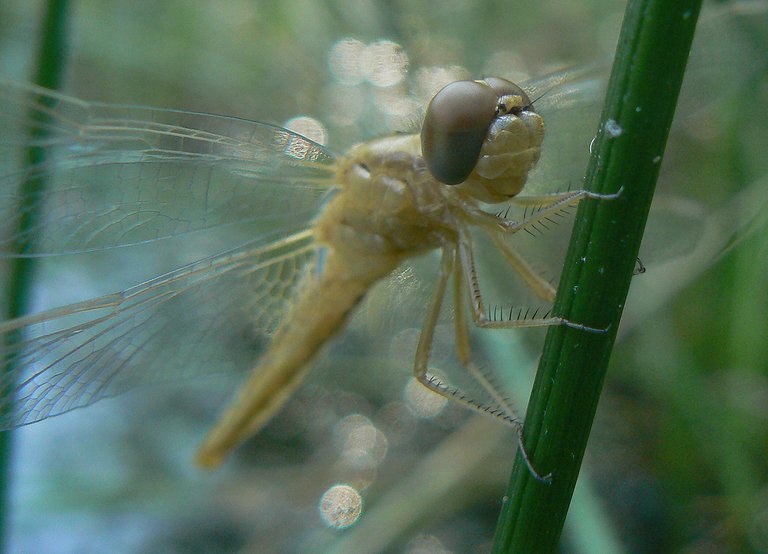
... you can see it resting there.
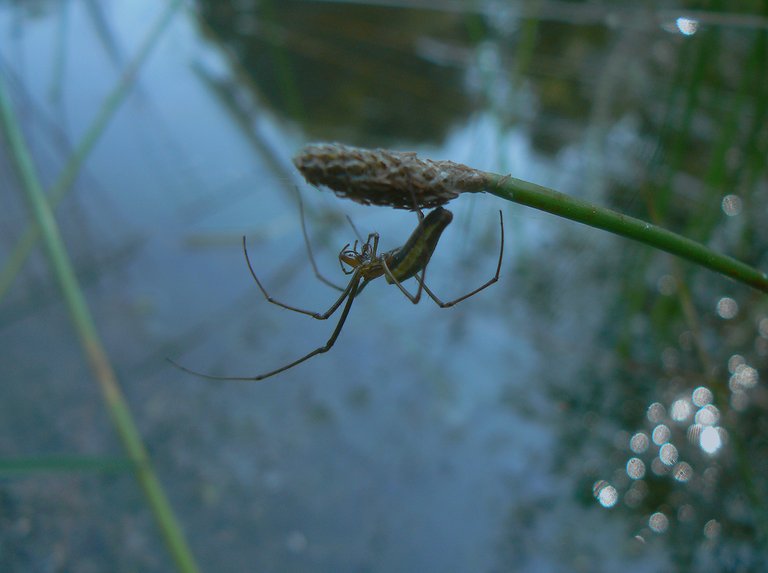
Here you can see another interesting spider. The Tetragnatha extensa. This is a female.
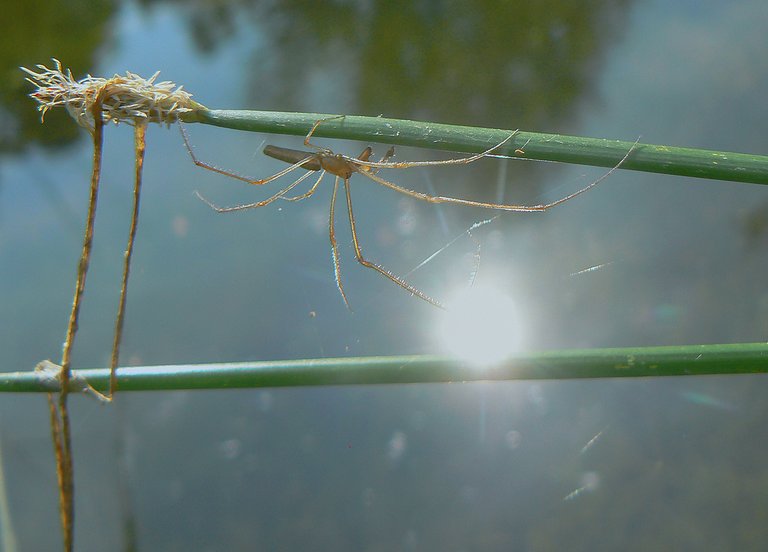
Here you can see a male.
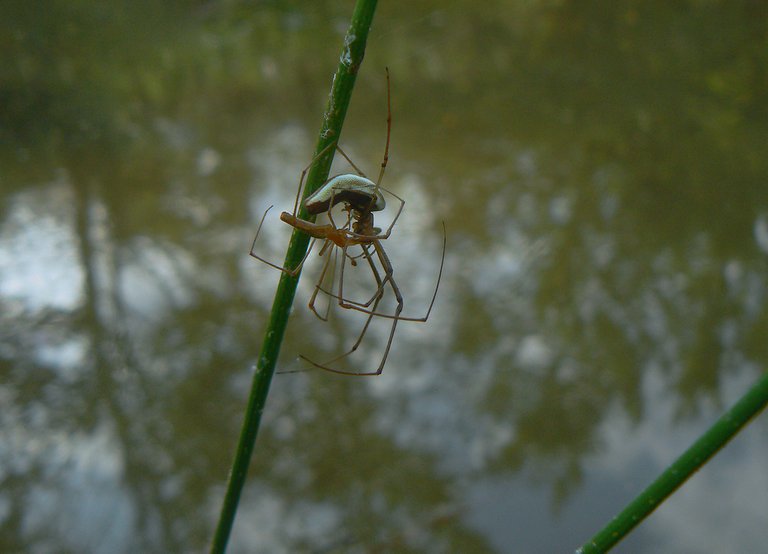
Later that morning ...

... I got the opportunity to photograph the mating.
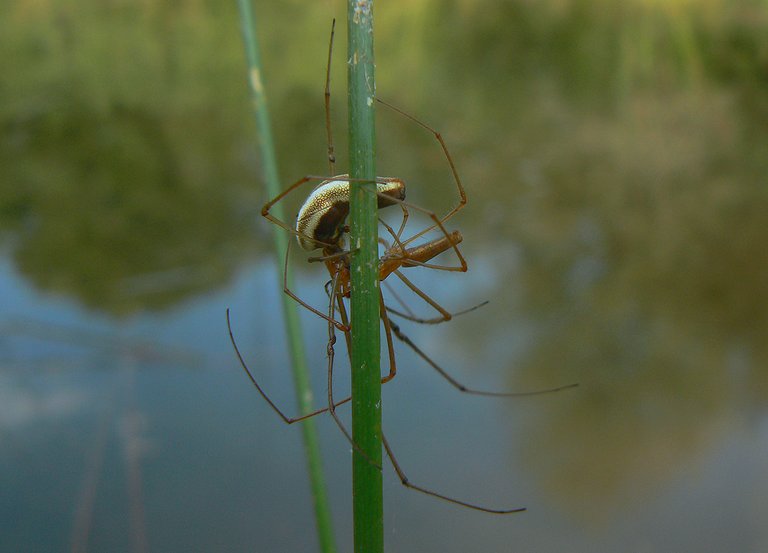
This isn't something I encounter every day.
Tetragnatha extensa, a spider from the Tetragnathidae family, has very good camouflage on plants that grow in shallow water.

These spiders can walk on water. They are faster and more agile when moving on the surface of the water than on land.
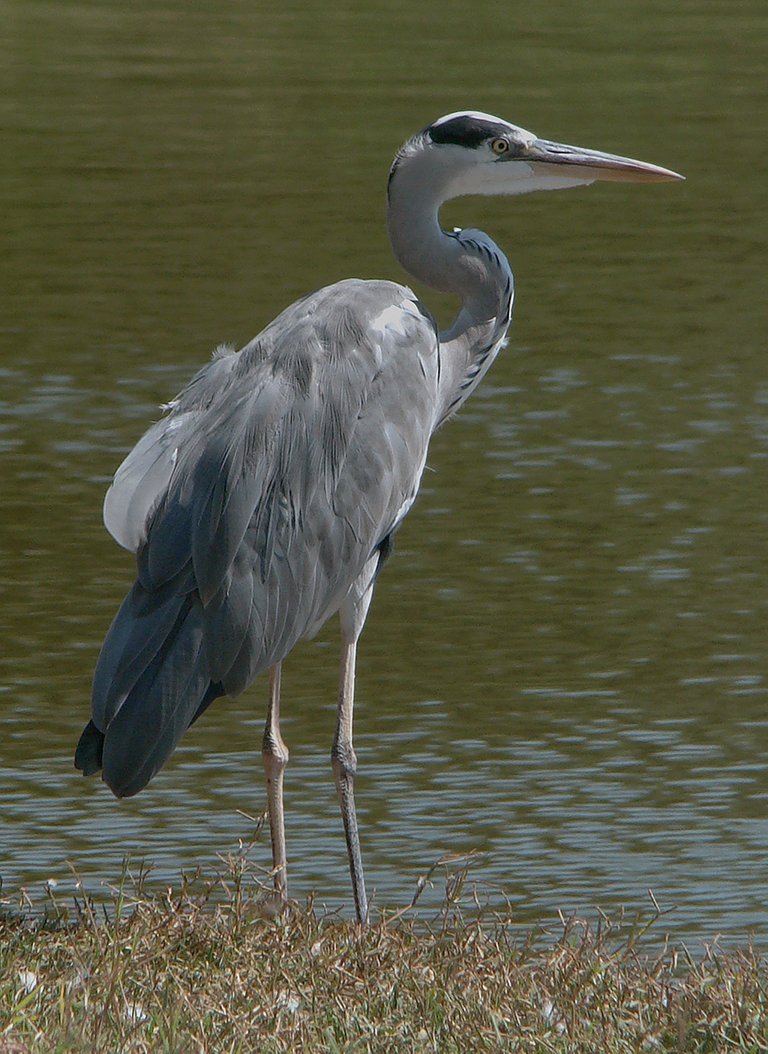
This grey heron (Ardea cinerea) ...

... was photographed in Medulin, my hometown. On the pond at the edge of my neighborhood.
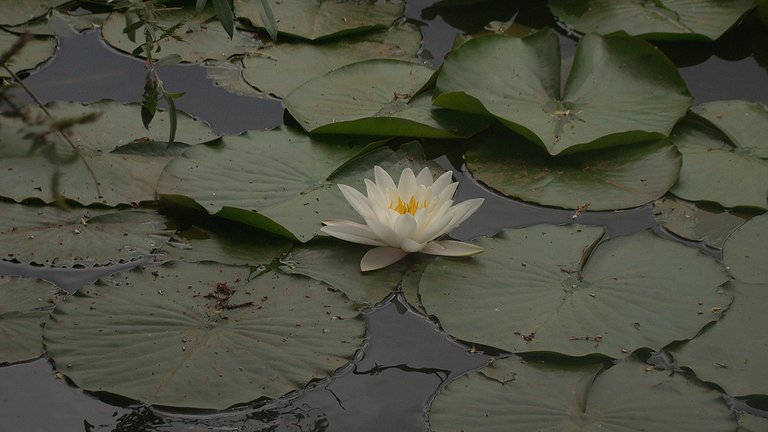
About one-fourth of that pond is covered with white waterlily plants. The leaves in the shallow water near the bank are often covered with a multitude of aphids.
Those aphids attract many small predators that feed on them. Predators like this Harmonia axyridis ladybeetle that just came out of the pupa.
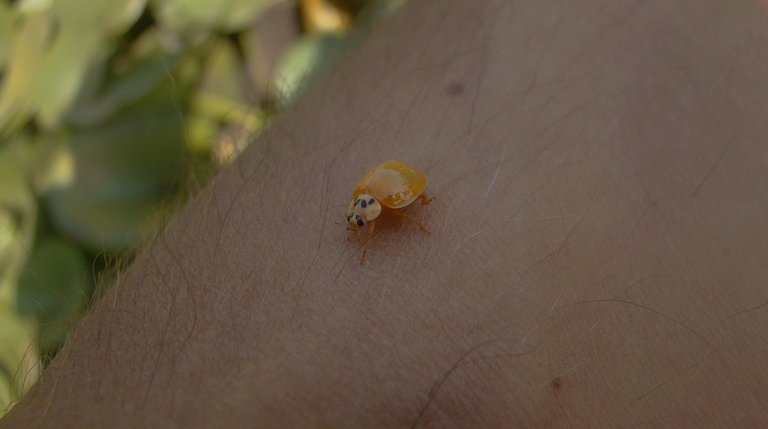
Here you can see the same insect crawling on my hand.
While standing among the lush vegetation near the much smaller pond a couple of kilometers from Shishan, I was holding a very small, very young nymph of the European mole cricket (Gryllotalpa gryllotalpa) in the palm of my hand. The much bigger adults are insects with strong mandibles, prone to dig and bite, so I never held an adult this way.
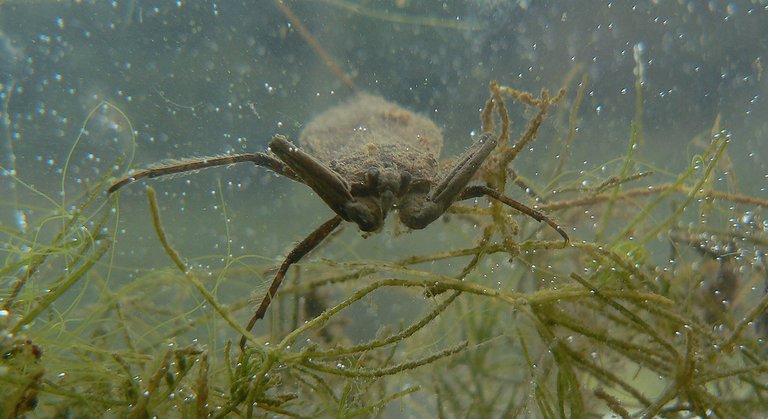
Here you can see another insect that can bite you if you decide to hold it ...

... the Nepa cinerea ...
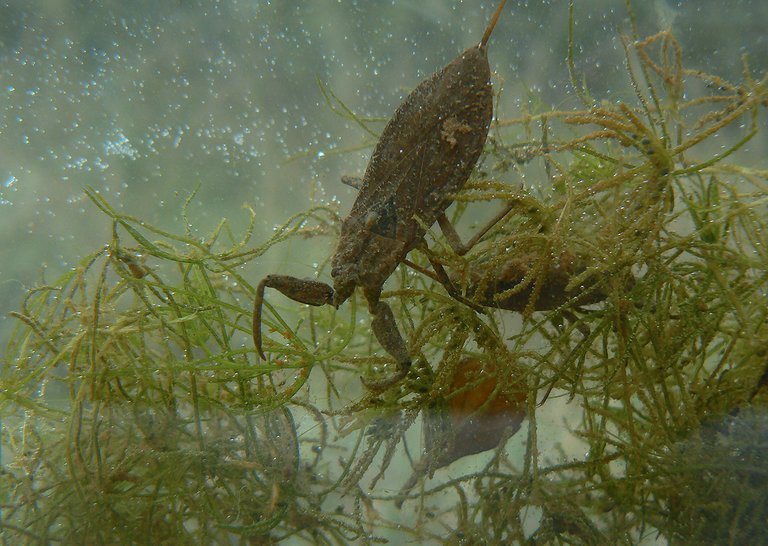
... a hemipteran insect, an aquatic bug from the Nepidae family. Due to the shape and pose of its raptorial forelegs and the thin tail trough which the insect can breathe while submerged, Nepa cinerea like all other Nepidae, is commonly known as the water scorpion. These bug bite with their proboscis and the bite is painful because of the digestive salivary fluids that come with it.
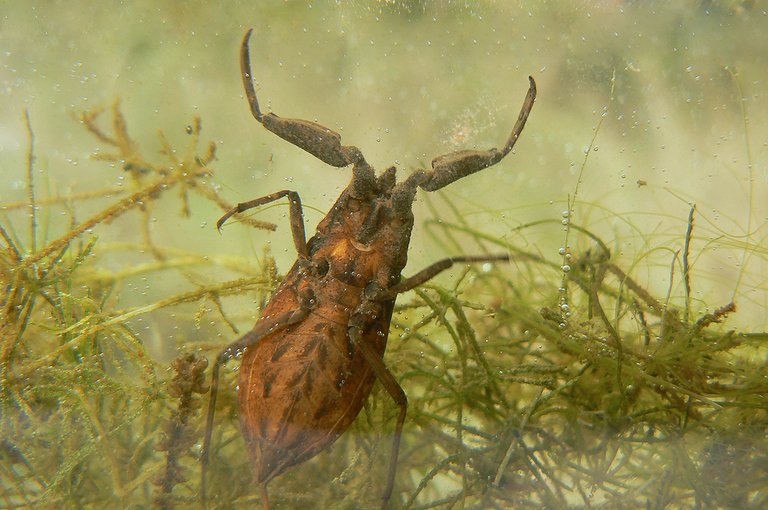
These, and all the other underwater photographs in the post, were taken thanks to a narrow glass container that looks like a portable aquarium. I caught the insects, put them in there with some plants from the pond, then I took a series of photographs, and released the creatures when the shooting was done.
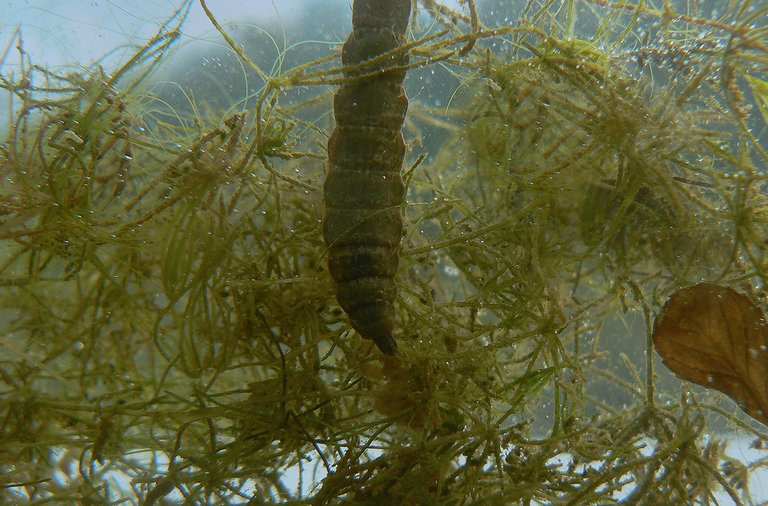
Here you can see the larva of the Stratiomys longicornis soldier fly (Stratiomyidae family)
The larva can encapsulate the air in a bubble so it can go deeper under the surface and stay submerged there if necessary.
This small beetle from the Hydrophilidae family was swimming in the shallows of the pond in Medulin, only about two hundred meters from where I live. Can't tell you the name of the species. Quite a few very similar ones live in the ponds of this area.
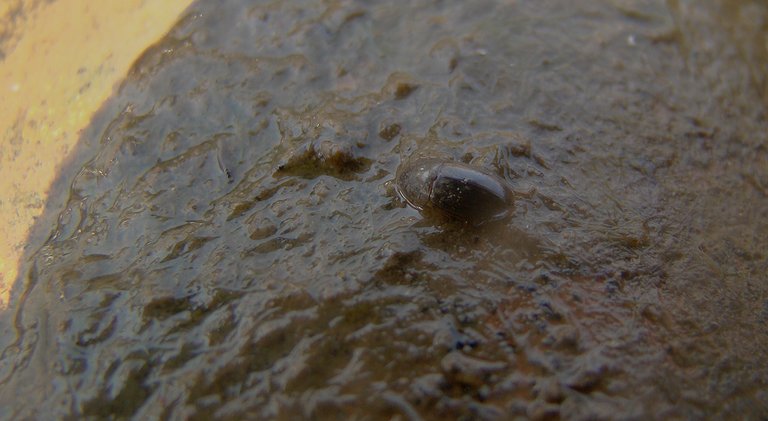
After a bit of swimming the beetle reached the wet mud ...
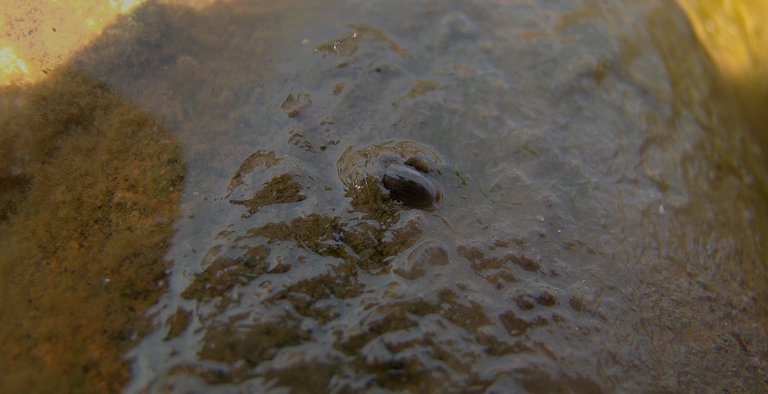
... and soon disappeared from sight. Hydrophilidae are commonly known as water scavenger beetles.

This larva was hidden in the mud under a stone.
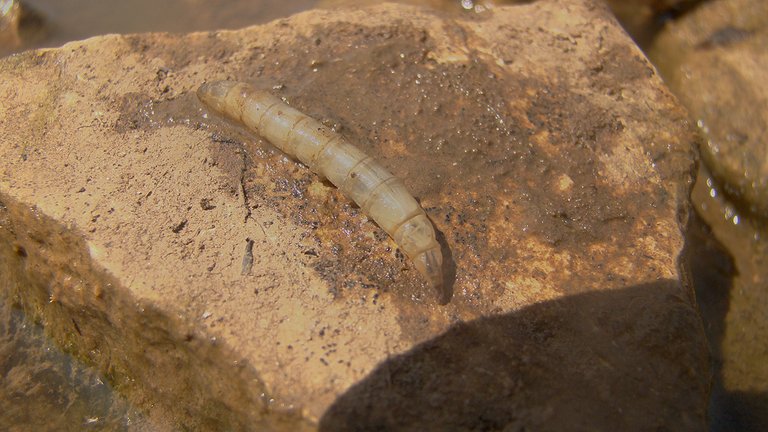
It looks like a horse-fly larva. That's all I can tell you about it.
Here you can see another beetle from the Hydrophilidae family. This one was photographed on the pond near Shishan. It could be the Anacaena lutescens, but I'm not sure about the species.
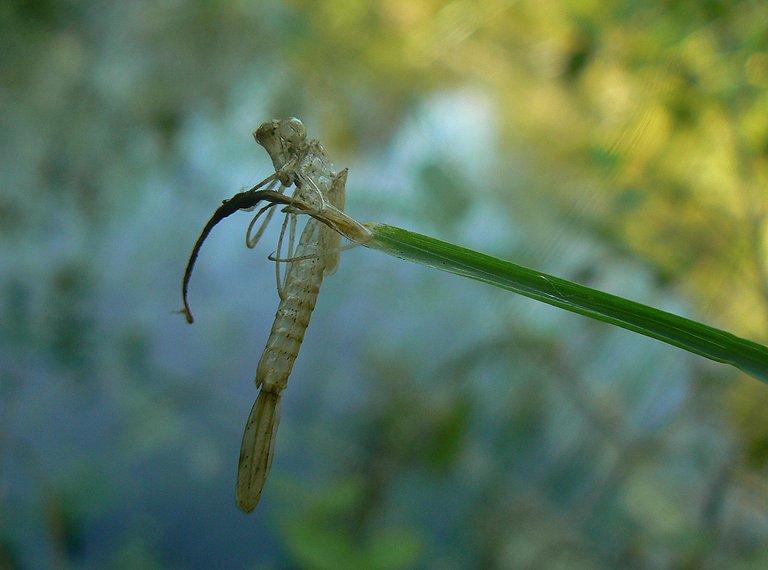
Here you can see the empty larval skin left after the metamorphosis of a damselfly.
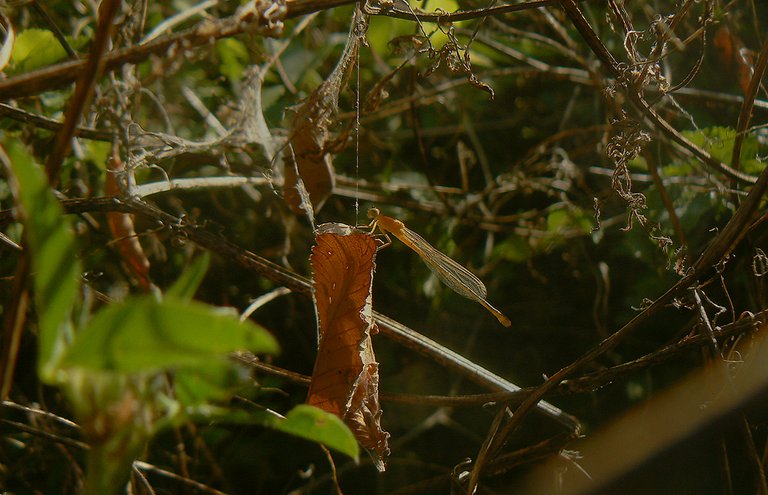
The adult damselfly in this photograph is hard to notice among the fragments of dried-out vegetation.
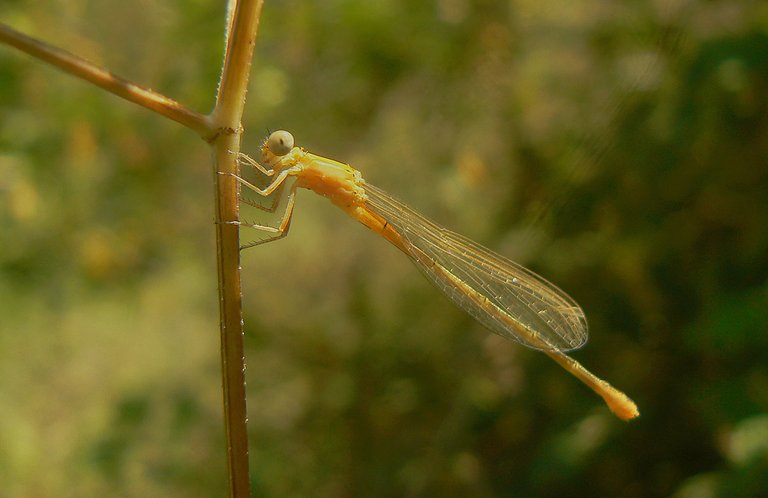
Here I got closer, so you can take a better look at the insect. Can't tell you the name of the species. Don't remember ever seeing an orange-colored damselfly, before or since this occasion in 2015. Maybe is just one of the usual blue or green damselflies that have recently gone through a metamorphosis. Maybe this is just a young pale, temporary version of the adult insect. I don't know. It doesn't seem likely. The photograph was taken around noon. On a hot summer day. The damselflies and other insects come out of their larval skins at night or very early in the morning.
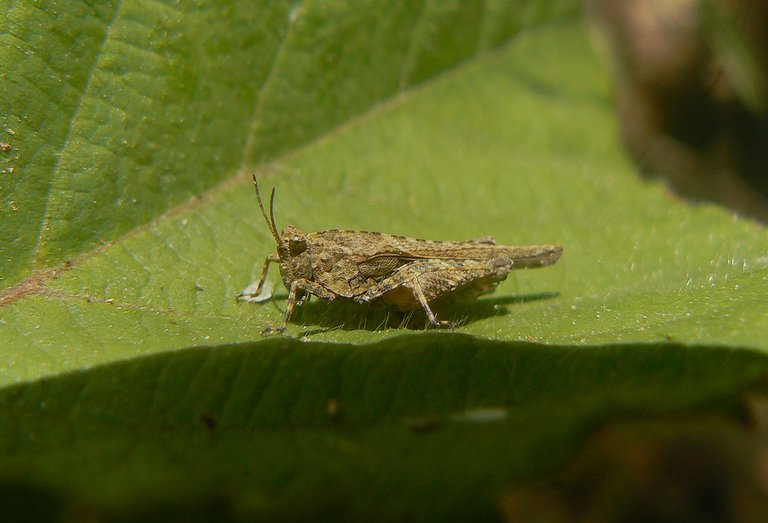
In this photograph, you can see an insect from the genus Tetrix of the Tetrigidae family resting on the leaf of the blackberry shrub that grew near the pond. Tetrigidae are commonly known as groundhoppers or pygmy grasshoppers.
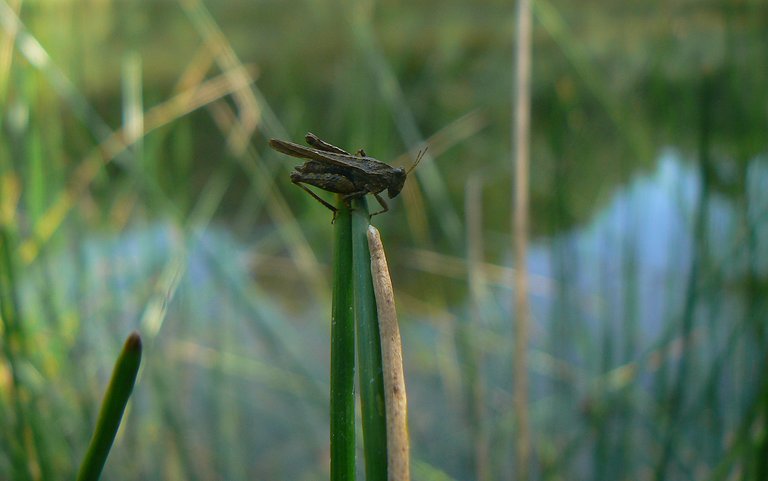
Many species in temperate regions of the world live near ponds and streams where they feed on algae and diatoms. Diatom is a new word for me. According to Wikipedia "A diatom is any member of a large group comprising several genera of algae, specifically microalgae, found in the oceans, waterways, and soils."

Here you can see the groundhopper that jumped on my hand.
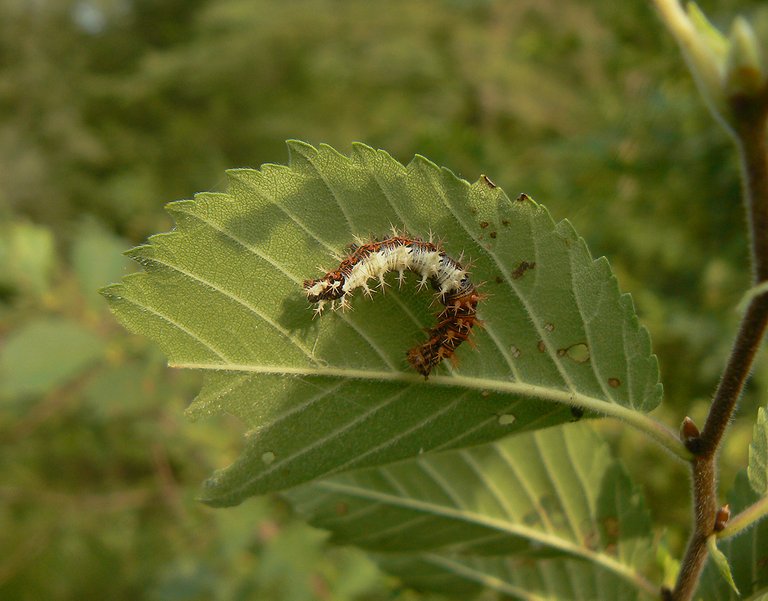
On the small elm tree a couple of meters from the pond, I photographed this Polygonia c-album caterpillar ...
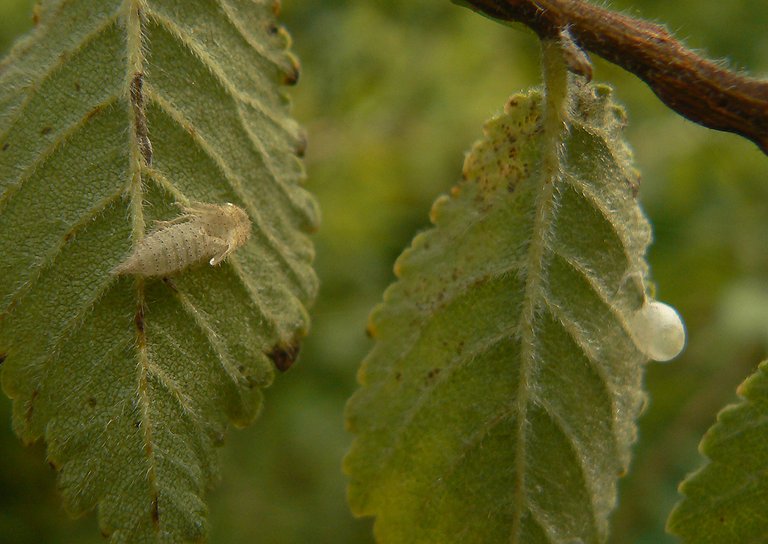
... and an empty exoskeleton of the leafhopper nymph. Only after a minute or two of staring at the scene ...
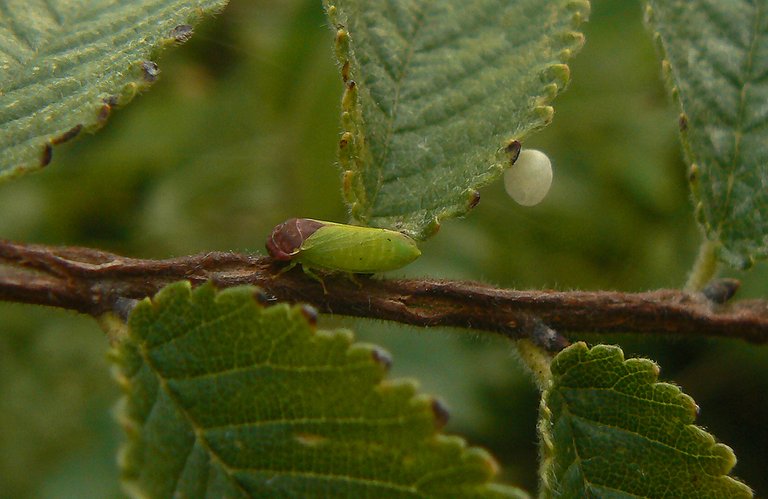
... I noticed the adult leafhopper that was resting nearby. This is the Iassus scutellaris, a species that I rarely encounter.

Here you can take a look at the dragonfly larva ...
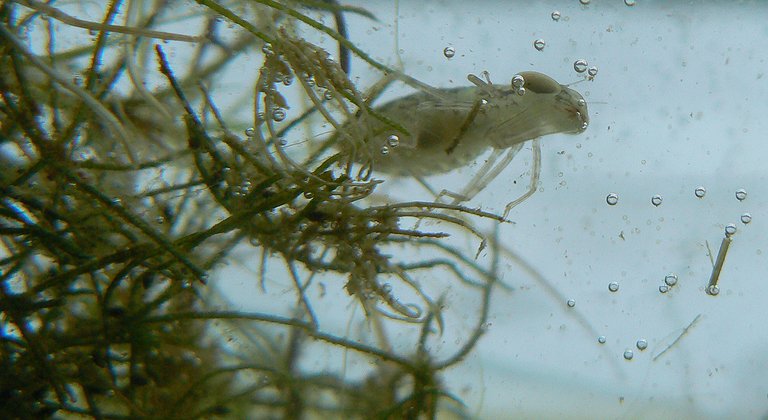
... a small predator that lives under the water.
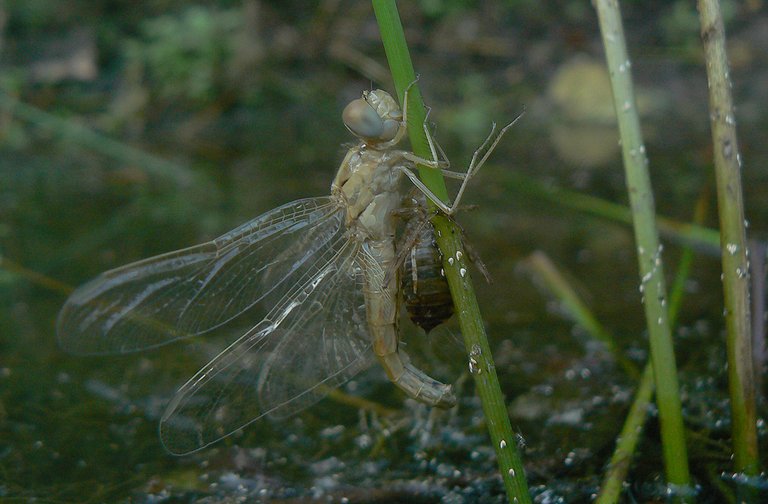
In this last photograph, you can see another young Sympetrum vulgatum adult that recently finished its larval, underwater existence.
The following links will take you to the sites with more information about some of the protagonists of this post. I found some stuff about them there.
https://en.wikipedia.org/wiki/Vagrant_darter
https://www.britishbugs.org.uk/homoptera/Cicadellidae/Iassus_scutellaris.html
https://www.ukbutterflies.co.uk/species.php?species=c-album
https://en.wikipedia.org/wiki/Tetrigidae
https://www.kerbtier.de/cgi-bin/enFSearch.cgi?Fam=Hydrophilidae
https://en.wikipedia.org/wiki/Stratiomys_longicornis
https://en.wikipedia.org/wiki/Nepa_cinerea
https://en.wikipedia.org/wiki/Gryllotalpa
https://en.wikipedia.org/wiki/Harmonia_axyridis
https://en.wikipedia.org/wiki/Tetragnatha_extensa
https://en.wikipedia.org/wiki/Pandemis_heparana
https://en.wikipedia.org/wiki/Nymphaea_alba
AND THAT'S IT. AS ALWAYS HERE ON HIVE, THE PHOTOGRAPHS ARE MY WORK.
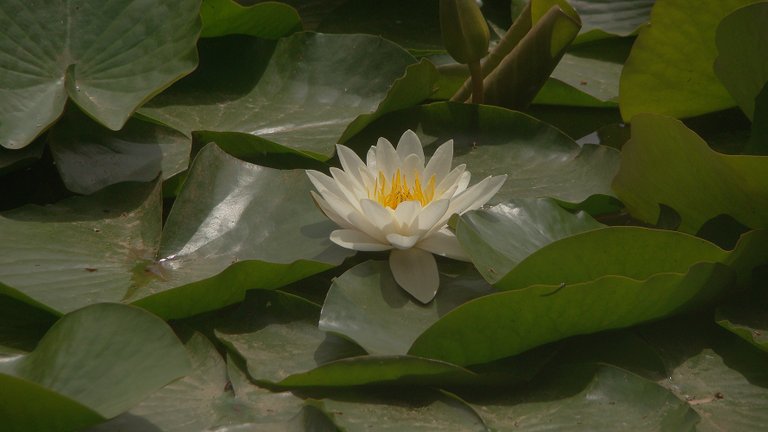

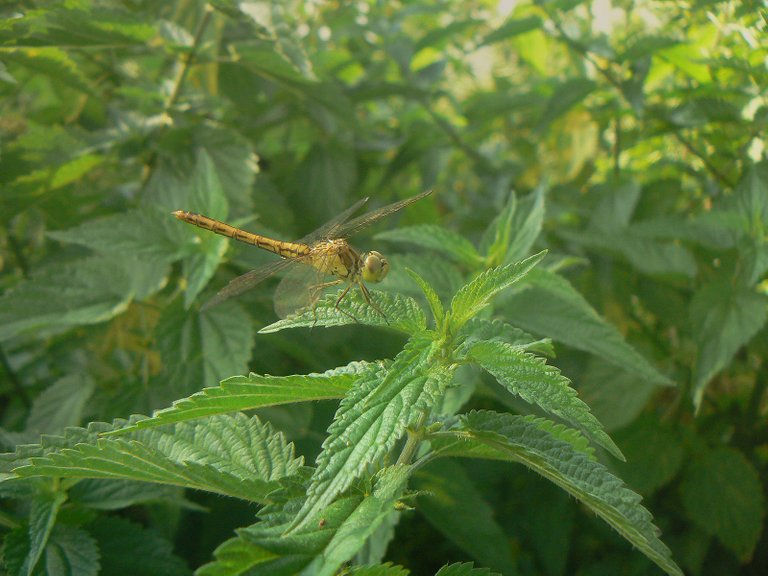
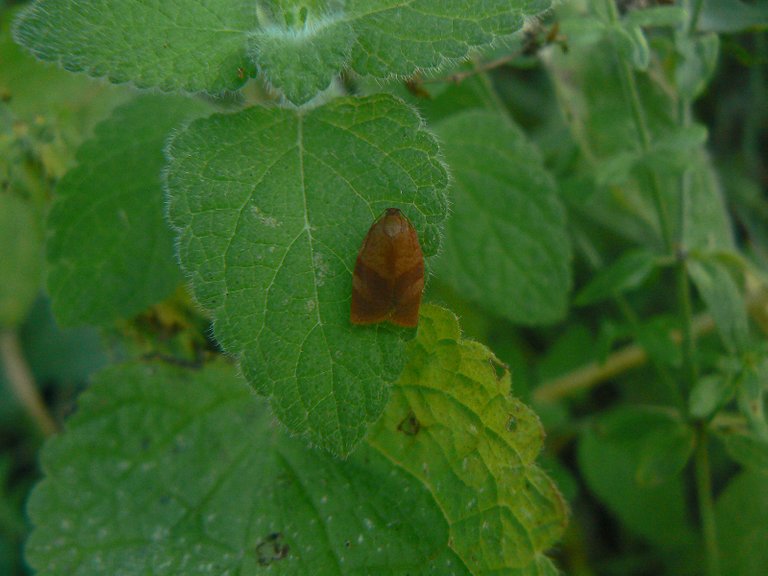
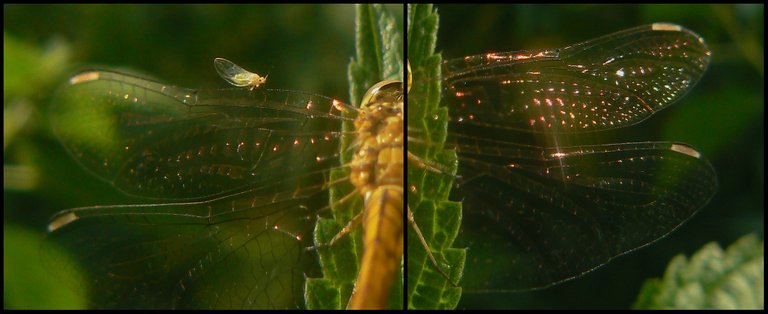

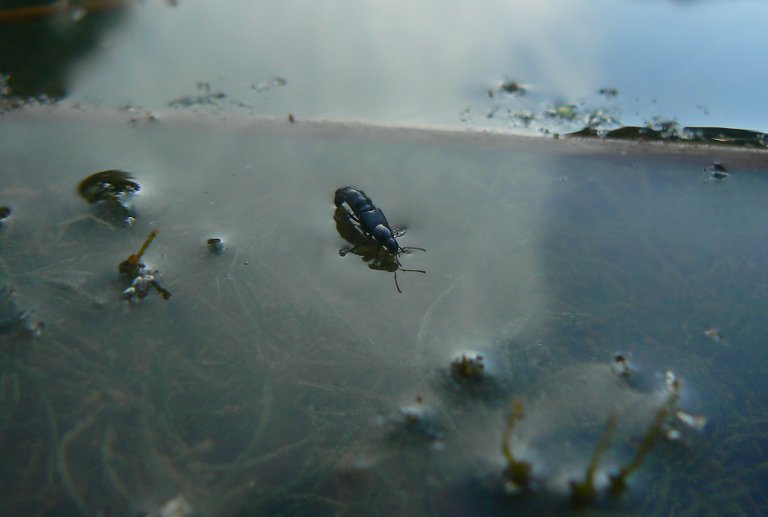
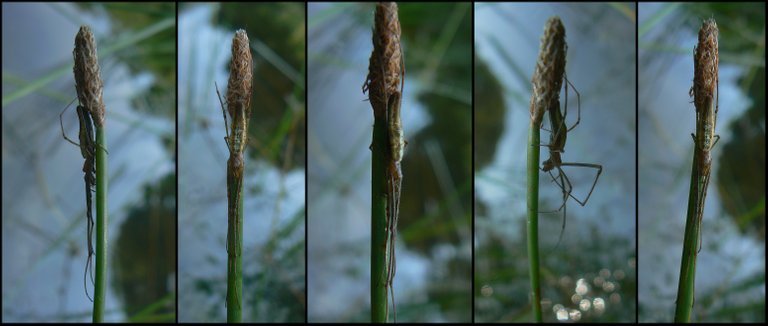
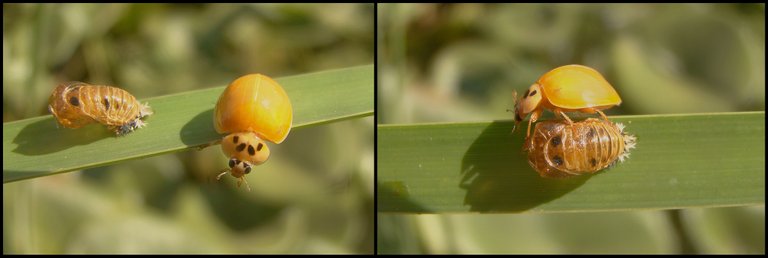

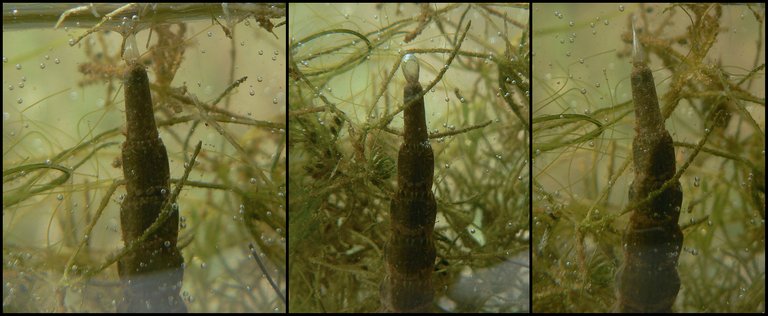
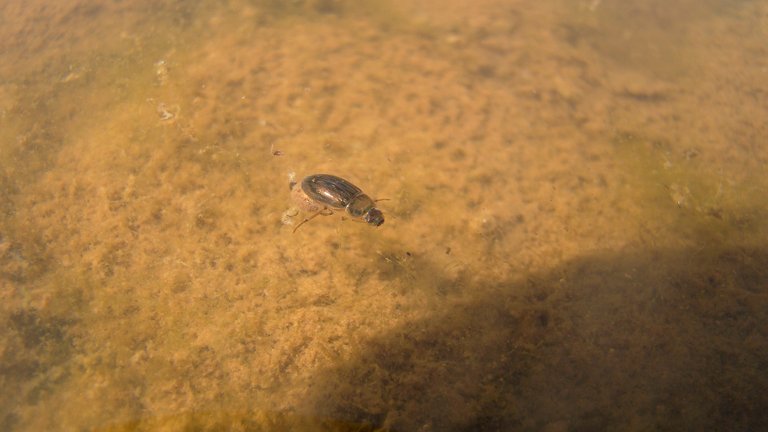
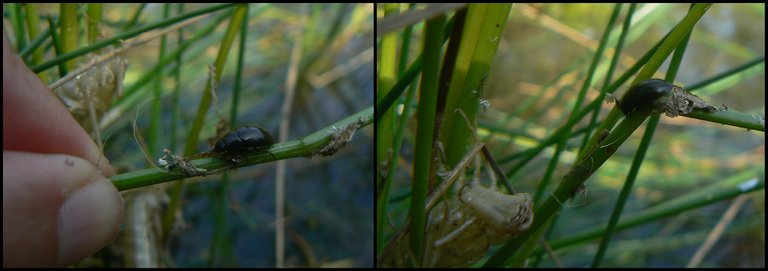
Lots of wonderful shots.
You can capture all the images on perfect time. Another great post from you. Since I've followed you, my knowledge of these insects has grown tremendously. Natural sights are very dear to the human heart. Waterlilies is my favorite flower. This flower is very cute to look at. Whenever I go to the park, I always pluck it and bring it home. Overall photography is awesome but third picture is my favorite in your photography. Thanks for sharing.
I really like the dragonfly and the yellow bugs. The wings of the dragonfly looks so magical ✨. I must give you credit on taking such perfect shots of the dragonflys 🪰, they are very quick and before you know it they disappear and you end up taking a photo of an empty leaf 🍀.
🙂
You have photographed some beautiful moths that look really amazing and are a beauty of nature. The floating flower is the national flower of our country and here we see it blooming in abundance in the mornings during the monsoons which is truly remarkable.
Very nice photos of the lotus and bird! Your camera is much better than mine! Lots of detailed photos.
Those fat insects scare me! They could be very hungry and eat everything!
🙂
https://twitter.com/1475819111271870469/status/1615635198628007936
https://twitter.com/189169040/status/1615769659571060744
The rewards earned on this comment will go directly to the people( @ladytitan, @jlinaresp ) sharing the post on Twitter as long as they are registered with @poshtoken. Sign up at https://hiveposh.com.
This post manually curated by @semarekha
The water lilies are lovely,even if it's not taken with your good camera. Loved all the dragonflies. The group of larvae was a very cool shot. The gray heron came out very well. A nice portrait of it.
Thanks for sharing your post about the pond! The photographs are beautiful, especially the opening one of the large pond on the outskirts of your hometown. It's great that it's only a short distance from your house.
Have a great day.
Looking into our olds files we can find some hiddens gems like happened in this case! i love how you with your macrophotography opens a new world for us, i love to see all details of this tiny world!
These shots are great though taken several years ago. Insects are seen very closely
@borjan Friend, this is an article with superlative quality, it is worthy of NatGeo or any specialized magazine, it is something very professionally prepared... Congratulations!...I have enjoyed a world looking at the bugs in those photos!... By the way The water scorpion is something really scary!... Good grief, it looks like something out of a horror movie!... I loved the "portraits" of that beautiful heron (Ardea cinerea)".... And of course! What an ingenious thing to use a small aquarium to take those underwater photos!... It's another wonderful post of your apparently inexhaustible creative talent!... Thank you!
Thank you. 🙂 Glad you like the post.
some of the pictures of insects that friends show are very interesting for us to see.you have photographed it so well and so beautifully.
Incredible Photography @borjan !!!
You are exploring the nature the way we can't even imagine. I have never seen these little creature/insects this closely and it's feeling amazing to have a look on them this way. It's a treat for the eyes.
Keep up the amazing work mate.
Beautiful captures 👍
Algun dia voy a tener una lente macro y tomar fotografias inspiradas en mi amigo @borjan. La fotografía del caballito del diablo es impresionante parece una libelula.
Lots of beautiful photos. My favorites are the dragonflies and lilies.
No matter how much old this picture but nature images looks always amazing.💖
This post is a spectacular thing, a true full immersion in the nature surrounding the body of water. You did an incredible job, looking, observing and immortalizing all those animals and insects. I liked the aquatic photos a lot, because unlike the insects out of the water, I had never seen the submerged ones. I also really liked the photos of the ladybird larvae, top. Have a nice weekend, full of joy ;).
Thank you. 🙂 Glad you kike the post. Have a great weekend.
Dragonflies are truly beautiful, definitely one of the prettiest insects living on any pond. Stunning macro shots indeed !LOLZ !PIMP !PGM !WINE
Hi @fun.farms, This Post Is Older Than 3 Days Days.
Please Try Another Post.
(We Will Not Send This Error Message In Next 24 Hrs).
Contact Us : WINEX Token Discord Channel
WINEX Current Market Price : 0.137
Swap Your Hive <=> Swap.Hive With Industry Lowest Fee (0.1%) : Click This Link
Read Latest Updates Or Contact Us
You must be killin' it out here!
@fun.farms just slapped you with 1.000 PIMP, @borjan.
You earned 1.000 PIMP for the strong hand.
They're getting a workout and slapped 1/2 possible people today.
Read about some PIMP Shit or Look for the PIMP District
BUY AND STAKE THE PGM TO SEND A LOT OF TOKENS!
The tokens that the command sends are: 0.1 PGM-0.1 LVL-0.1 THGAMING-0.05 DEC-15 SBT-1 STARBITS-[0.00000001 BTC (SWAP.BTC) only if you have 2500 PGM in stake or more ]
5000 PGM IN STAKE = 2x rewards!
Discord
Support the curation account @ pgm-curator with a delegation 10 HP - 50 HP - 100 HP - 500 HP - 1000 HP
Get potential votes from @ pgm-curator by paying in PGM, here is a guide
I'm a bot, if you want a hand ask @ zottone444